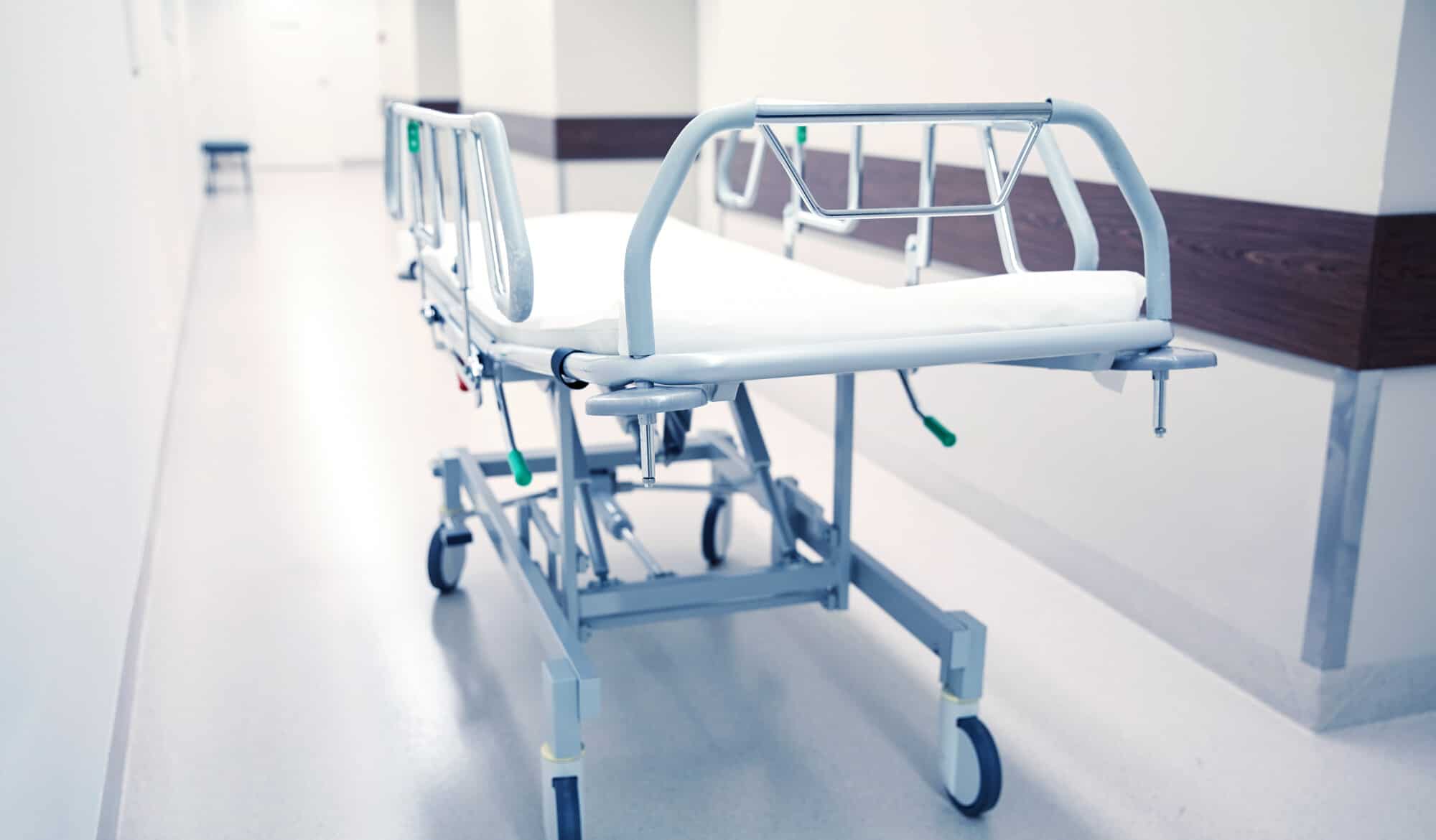Sharing is caring!
Did you know that 39.5% of adult men and women in the United States are considered obese?
Most obese people will need a bariatric transport service at some point in their lives. For example, particularly those with reduced movement due to their weight. This is particularly true if they need transportation for non-urgent or medical reasons.
It would help if you remembered that handling an obese patient requires sensitivity and professional competence. Bariatric transport is a specialized medical transport service that includes specially trained personnel.
Continue reading to learn more about bariatric gurney transportation. We go over everything you need to know about medical transportation.
What Is Bariatric Gurney Transportation?
In bariatric gurney transportation, you use a special gurney called a bariatric gurney. This specialized gurney has the following features:
- A plain flat, foam padded stretcher
- A changeable height and collapsible strong, and durable wheeled frame
- A wider frame
These gurneys transport patients weighing more than 250 pounds who need non-urgent transport.
With these improvements to bariatric gurneys, you can send the proper transportation and staff to treat and move an obese patient.
What’s Involved in Bariatric Gurney Transportation?
Before treating or transporting a bariatric patient, provide as much information as possible. This information will help the transport company to determine the provisions for:
- Medical personnel needed
- Extra equipment needed
- Communication between patients, staff and hospital
- Extra medical care
- Extra safety equipment
The transport company will need this information for effective patient care and the safety of medical personnel.
Bariatric Transport Procedure
The large patient in need of bariatric transport and care has the right to receive the assistance that is timely, effective, and safe. You should consider these guidelines when a patient’s weight exceeds 250 pounds:
Number of People to Help Lift and Move the Patient
You should never move a person who is over 300 pounds without at least three to four people helping. For every fifty to one hundred pounds over 300, add another helper to aid with lifting and moving.
If patient relocation requires extra removal staffing, you may need a Safety Officer. The Safety Officer oversees the process with incident management.
Also, during bariatric patient transportation, the patient is to be accompanied in the patient care area by two staff members at all times. If you require additional personnel, those individuals must travel in a different vehicle.
There are times when transporting large patients you will encounter buildings that are both smaller and older. In this case, the safety officer may be required to check along the route for:
- Internal obstructions along the transport pathway
- Any building structures limitations that will need to be dealt with
Some questions the Safety Officer will take into consideration are:
- Are the doorways wide enough to accommodate the larger bariatric gurney?
- Are the floors, staircases, ramps, and lifts in the facility capable of supporting the size and weight of the person, the staff, and the equipment?
- Is there a way to make the path safer by using service elevators, other special lifts, or ramps?
The moving of a large patient on the spot and in a vehicle must always respect the person’s dignity. If the person’s own clothing is unavailable or is not present, a large patient gown, sheets or blankets will be useful to help conserve their dignity.
Extra Equipment
When transporting and moving bariatric patients, specific equipment is needed. Of course, this will depend on many factors, some of which are:
- The size of the person
- The weight of the person
- The accessibility into and out of the building
- How far is the destination?
- Is there a return trip?
When moving and transferring bariatric patients, you need the help of the correct supplies and equipment. As was previously mentioned, a bariatric transport service will need to use a wide variety of specialized equipment and tools. This is to safely lift and transfer patients, including but not limited to:
- Heavy-duty stretchers
- Extra-large loading and unloading ramps
- Motorized mobility aids with extra cushioning and special tires
- Various lifting devices such as special material sheets with handles
- Sling devices that have a capacity of carrying over 300 pounds
- Reinforced backboard sliding items which help move patients between stretchers and beds
- Bariatric gurneys which give increased load carriage which still can pass through most doors safely
- Winches and ramps
This specialized equipment is expensive and has limited availability. Therefore, you must inform the bariatric transport service way in advance.
Communication Is Key For Transporting Overweight Patients
It is essential to inform the receiving hospital or destination where the patient is being transferred. This is so the receiving or destination place can make adequate preparations. Loading of the bariatric patients will be directly from the transport onto a bariatric gurney bed.
Communication with all concerned must be professional and timeously managed. It goes without saying and essential that bariatric patients are treated with dignity and respect. The same goes for everyone else involved in the bariatric gurney transportation.
Bariatric transport providers work with a plan in place. This plan details the actions to be taken during deployment, on the scene, and at the destination. This is why it is so important to communicate all information to them.
Safe Transportation for Bariatric Patients
One of the most challenging situations carers have to deal with is caring for a patient who is obese.
We hope the above guidelines give you an idea of what it takes for bariatric gurney transportation. For example, the need for specialized equipment, personnel, and processes. These services transport overweight patients while minimizing risks to the patient and provider.
Are you looking for professional specialized non-emergency medical transportation? We provide door-to-door non-emergency medical transportation.
Learn more on our services page or contact us to get more information!

